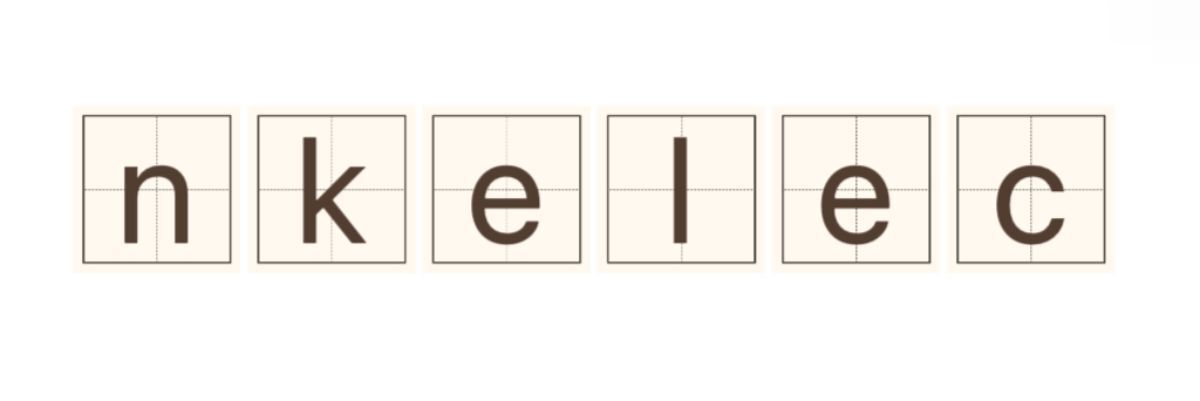How Will Overhead Insulated Cable Change Urban Landscapes?
May. 20, 2025
Urban landscapes are constantly evolving, and the introduction of advanced technologies like overhead insulated cable is set to transform them even further. This article will guide you through understanding the impact of overhead insulated cable and how it can influence urban planning, energy efficiency, and safety.
Want more information on Overhead Insulated Cable? Feel free to contact us.
Understanding Overhead Insulated Cable
Define Overhead Insulated Cable
- Overhead insulated cables are electrical cables that are designed for overhead installation with a lightweight insulation layer, making them ideal for urban areas.
- They reduce electrical hazards compared to traditional materials, offering safer utility distribution for the public.
Identify the Benefits
- Increased safety due to reduced risk of electrical shocks and outages.
- Improved reliability in power supply during adverse weather conditions.
- Space-saving design that enhances the aesthetics of urban infrastructure.
Steps to Integrate Overhead Insulated Cable in Urban Areas
Conduct a Needs Assessment
- Evaluate existing infrastructure to determine areas where overhead insulated cables can replace outdated lines.
- Assess energy demand and safety concerns in specific urban zones.
Engage Stakeholders
- Collaborate with city planners, electrical engineers, and local businesses to develop a comprehensive plan for integration.
- Consider community input to address concerns about safety and aesthetics.
Plan the Installation
- Develop a detailed blueprint that outlines the exact locations and configurations for installing overhead insulated cables.
- Ensure compliance with local regulations and safety standards.
Implement the Infrastructural Changes
- Begin replacing outdated overhead lines with insulated cables in phases to minimize disruption.
- Utilize skilled labor to ensure the installation is carried out safely and efficiently.
Monitor and Maintain
- Establish a routine inspection schedule to assess the performance and safety of the installed cables.
- Create a quick-response team to address any issues or outages caused by environmental factors.
Specific Examples and Applications
- In cities facing frequent power outages, using overhead insulated cables can significantly reduce the downtime of power supply. For instance, cities like San Francisco have begun trials in neighborhoods known for severe weather conditions.
- Urban centers implementing overhead insulated cables are noticing a decrease in accidents related to downed power lines, enhancing public safety during storms.
Suitable Scenarios for Deployment
- High-Density Areas: In crowded urban spaces where traditional underground cabling is impractical, overhead insulated cables can provide an effective solution.
- Reconstruction Zones: During urban renewal projects, integrating these cables can modernize the energy infrastructure while minimizing the aesthetic disruption caused by traditional wiring.
By understanding the role of overhead insulated cables in urban landscapes, city planners and citizens alike can appreciate their transformative potential. As cities continue to grow, adapting to new technologies like this will be essential to ensure safety, reliability, and visual harmony in our living spaces.
Urban landscapes are constantly evolving, and the introduction of advanced technologies like overhead insulated cable is set to transform them even further. This article will guide you through understanding the impact of overhead insulated cable and how it can influence urban planning, energy efficiency, and safety.
Understanding Overhead Insulated Cable
- Define Overhead Insulated Cable
- Overhead insulated cables are electrical cables that are designed for overhead installation with a lightweight insulation layer, making them ideal for urban areas.
- They reduce electrical hazards compared to traditional materials, offering safer utility distribution for the public.
- Identify the Benefits
- Increased safety due to reduced risk of electrical shocks and outages.
- Improved reliability in power supply during adverse weather conditions.
- Space-saving design that enhances the aesthetics of urban infrastructure.
Steps to Integrate Overhead Insulated Cable in Urban Areas
- Conduct a Needs Assessment
- Evaluate existing infrastructure to determine areas where overhead insulated cables can replace outdated lines.
- Assess energy demand and safety concerns in specific urban zones.
- Engage Stakeholders
- Collaborate with city planners, electrical engineers, and local businesses to develop a comprehensive plan for integration.
- Consider community input to address concerns about safety and aesthetics.
- Plan the Installation
- Develop a detailed blueprint that outlines the exact locations and configurations for installing overhead insulated cables.
- Ensure compliance with local regulations and safety standards.
- Implement the Infrastructural Changes
- Begin replacing outdated overhead lines with insulated cables in phases to minimize disruption.
- Utilize skilled labor to ensure the installation is carried out safely and efficiently.
- Monitor and Maintain
- Establish a routine inspection schedule to assess the performance and safety of the installed cables.
- Create a quick-response team to address any issues or outages caused by environmental factors.
Specific Examples and Applications
- In cities facing frequent power outages, using overhead insulated cables can significantly reduce the downtime of power supply. For instance, cities like San Francisco have begun trials in neighborhoods known for severe weather conditions.
- Urban centers implementing overhead insulated cables are noticing a decrease in accidents related to downed power lines, enhancing public safety during storms.
Suitable Scenarios for Deployment
- High-Density Areas: In crowded urban spaces where traditional underground cabling is impractical, overhead insulated cables can provide an effective solution.
- Reconstruction Zones: During urban renewal projects, integrating these cables can modernize the energy infrastructure while minimizing the aesthetic disruption caused by traditional wiring.
By understanding the role of overhead insulated cables in urban landscapes, city planners and citizens alike can appreciate their transformative potential. As cities continue to grow, adapting to new technologies like this will be essential to ensure safety, reliability, and visual harmony in our living spaces.
If you are looking for more details, kindly visit Aluminum Alloy Cable.
324
0
0


Comments
All Comments (0)